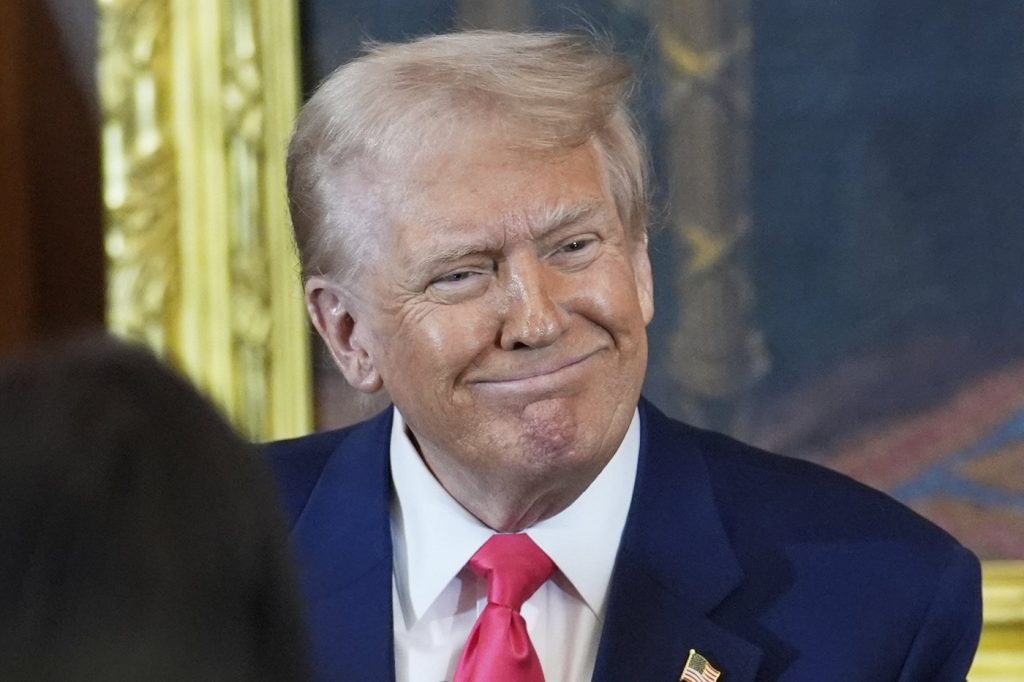On Friday, President Donald Trump outlined a plan to dismantle the Education Department, shifting its responsibilities to other government agencies. The move aims to reallocate federal student loans and programs for students with disabilities to the Small Business Administration and the Department of Health and Human Services, respectively. Trump signed an executive order on Thursday that did not specify a timeline for the transition but indicated an intention to reduce the department's operations significantly.
During an Oval Office event focused on defense technology, Trump asserted that the handling of student loans would improve under the Small Business Administration, declaring it would “be serviced much better than it has in the past.” This announcement aligns with Trump's broader vision to decentralize education by transferring control to states, a position he believes will enhance the quality of education while reducing costs.
Education Secretary Linda McMahon, who is set to oversee this transformational process, indicated that she plans to relocate the department’s core functions to other agencies. In an opinion piece published on Fox News, she confirmed that while abolishing the department will not occur immediately, preparations are underway to ease the transition. McMahon emphasized the need to unwind excessive regulations and prepare for a reassignment of functions, including student financial aid management and civil rights enforcement.
Despite Trump’s executive action, only Congress possesses the authority to fully eliminate the Education Department. Congressional Republicans have indicated plans to pursue legislation for this purpose, although they face strong opposition from Democrats. Critics of the plan, including some Democratic governors, warn that dismantling the department could lead to larger class sizes and reduced after-school programs, potentially harming students who depend on federal funding.
To support its claim, opponents argue that Trump's initiative could exacerbate disparities in educational access between states with different levels of funding and support. The Education Department has already made significant workforce cuts and ended numerous contracts perceived as wasteful, reducing its personnel by half.
Trump has characterized the Education Department as a misuse of taxpayer dollars, asserting that it has become overly influenced by liberal ideology. He believes that returning educational control to the states is essential for reversing the stagnation in student performance, citing flat test scores despite significant federal spending since the agency’s inception in 1979. He reaffirmed this perspective during a signing ceremony for the executive order, claiming that the cost of education would decline while quality would improve dramatically.
McMahon acknowledged the unique challenge she faces as head of an agency that is being prepared for potential closure. In her words, “This is not a routine mission. It is a transformation, driven by the clear will of the American people to return education to the states.” This statement underscores the administration's commitment to implementing its vision for educational reform.
The scope of the Education Department’s responsibilities includes managing a $1.6 trillion student loan portfolio and distributing billions in federal support to public schools, particularly in low-income communities. It also oversees critical programs like Pell Grants and the Free Application for Federal Student Aid (FAFSA), both vital for supporting millions of students across the country.
As this plan unfolds, Trump's administration positions itself against what it sees as bureaucratic inefficiencies in education, striving to reshape how educational funding and programs are structured and delivered. The proposed changes inspire passionate responses from both supporters and detractors, indicating a forthcoming contentious debate over the future of education policy in the United States.










